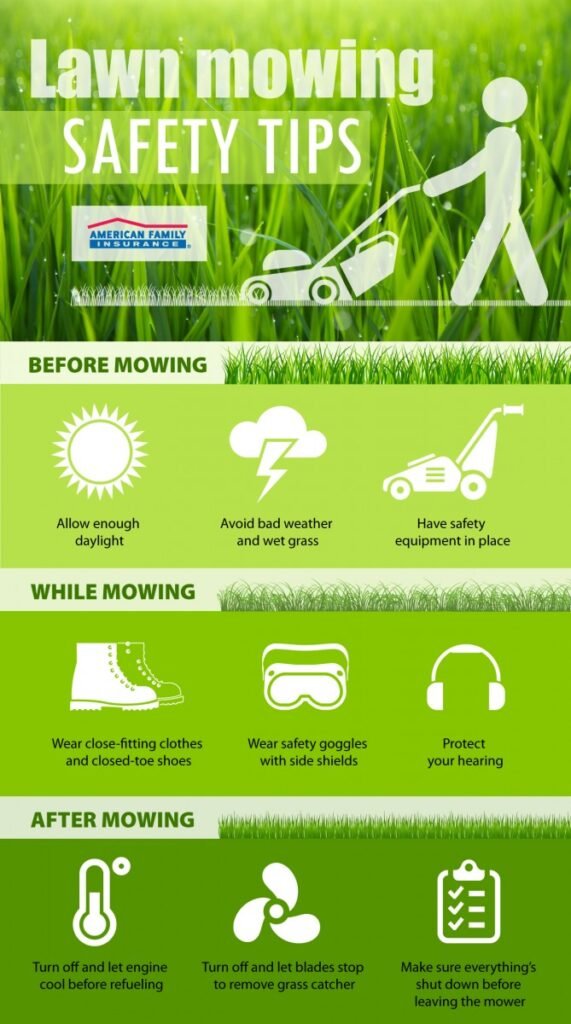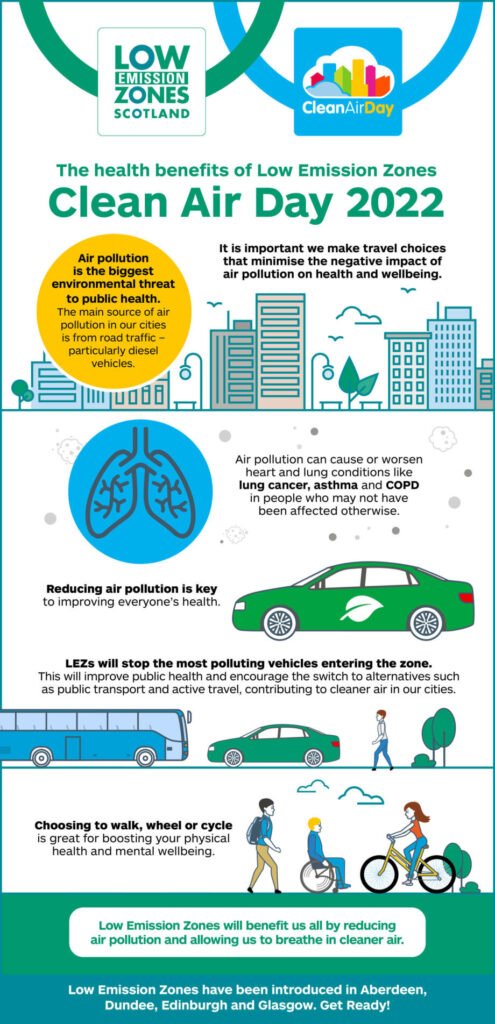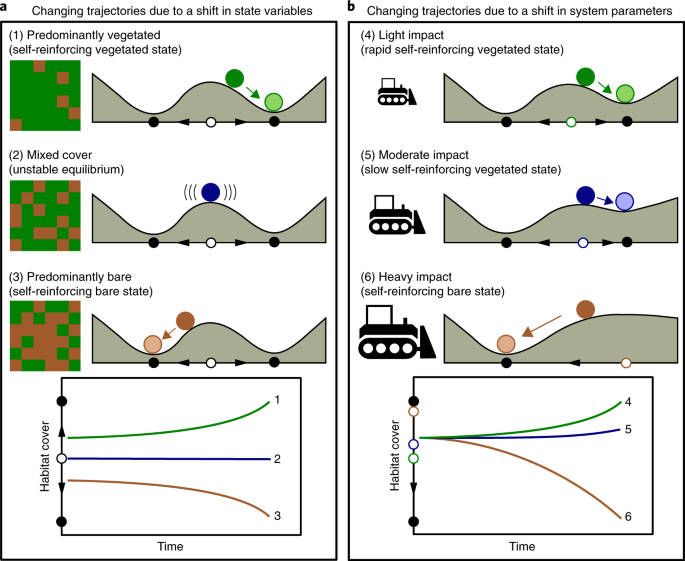Maintaining a well-manicured lawn is always a matter of pride as a homeowner, but it’s important to prioritize safety while operating a lawnmower. With the arrival of the warm weather and the need for regular lawn maintenance, it’s crucial to be well-informed about the necessary safety precautions. In this article, you will find valuable lawn mower safety tips that will help ensure a smooth and accident-free mowing experience, allowing you to enjoy your beautifully trimmed lawn with peace of mind.
This image is property of greenpal-production.s3.amazonaws.com.
Choose the Right Lawn Mower
When it comes to choosing the right lawn mower for your yard, there are a few factors to consider. First and foremost, think about the size of your lawn. If you have a small yard, a manual push mower may be sufficient. However, for larger yards, a self-propelled or riding mower would be more appropriate.
In addition to the size of your lawn, it’s important to evaluate the terrain. If you have a hilly or uneven yard, a mower with adjustable cutting heights and sturdy wheels will help you navigate the terrain more easily. On the other hand, if your yard is relatively flat, you have more options when it comes to choosing a lawn mower.
Another factor to consider is your physical ability. If you have any physical limitations that may make it difficult to push or operate a manual mower, you may want to opt for a self-propelled or riding mower. These options require less physical exertion and can help make your mowing experience more enjoyable.
Lastly, check for safety features when selecting a lawn mower. Look for mowers with features such as a blade brake control, which allows you to stop the blades without turning off the engine. This can be particularly useful if you need to empty the grass bag or navigate around obstacles. Additionally, consider mowers with safety switches or guards to prevent accidental startups or contact with the moving blades.
Inspect and Maintain Your Lawn Mower Regularly
Once you have chosen the right lawn mower, it’s important to inspect and maintain it regularly to ensure optimal performance and safety. Start by reading the owner’s manual thoroughly. The manual will provide valuable information about maintenance procedures specific to your mower model.
Regularly checking the fuel and oil levels is essential for keeping your mower running smoothly. Make it a habit to check these levels before each use. If the fuel or oil is low, refill them as recommended in the owner’s manual. This simple step can prevent engine damage and extend the lifespan of your mower.
Inspecting the blades and cutting deck is another critical maintenance task. Dull or damaged blades can lead to an uneven cut and put additional strain on the engine. Regularly inspect the blades for signs of wear and tear, and sharpen or replace them as necessary. Additionally, keep the cutting deck clean and free of debris to prevent clogs and maintain optimal cutting performance.
After each use, take the time to clean the mower. Use a brush or hose to remove grass clippings and debris from the cutting deck, wheels, and underside of the mower. This not only helps maintain the mower’s performance but also prevents buildup that can lead to rust or corrosion.
Lastly, store the mower properly when not in use. Find a cool, dry area to store your mower, and cover it to protect it from dust and debris. If you have a gas-powered mower, ensure that the fuel tank is empty or add a fuel stabilizer to prevent fuel degradation.

This image is property of media.angi.com.
Wear Appropriate Safety Gear
Safety should always be a top priority when operating a lawn mower. Wearing appropriate safety gear can significantly reduce the risk of injury. Here’s what you need to consider:
Protective clothing is a must when mowing your lawn. Opt for long pants and a long-sleeved shirt to protect your skin from potential injuries. Choose breathable fabrics to stay cool on hot days.
Closed-toe shoes provide essential protection for your feet. Avoid wearing sandals or flip flops while mowing, as they do not provide adequate protection against flying debris or accidental contact with the mower blades. Instead, wear sturdy, closed-toe shoes or work boots.
Safety goggles or glasses are crucial for protecting your eyes from flying debris. When mowing, rocks, twigs, or grass clippings can easily get thrown into the air. Wearing safety goggles or glasses can prevent these objects from entering your eyes and causing harm.
Hearing protection is often overlooked but just as important. Lawn mowers can be quite loud, and prolonged exposure to high noise levels can damage your hearing. Invest in a pair of earplugs or earmuffs to protect your ears while mowing.
Lastly, don’t forget to apply sunscreen to exposed skin, especially on sunny days. Spending prolonged periods outdoors without protection can lead to sunburn and increase the risk of skin damage or cancer. Choose a broad-spectrum sunscreen with a high SPF and apply it generously before heading out to mow your lawn.
Prepare the Work Area
Before you start mowing, it’s essential to prepare the work area to ensure a safe and efficient process. Here are some steps to follow:
Clear the lawn of debris before you begin. Remove any sticks, rocks, or other objects that may pose a hazard while mowing. Clearing your lawn of debris not only protects you but also prevents damage to your mower.
Identify and mark any hazards in your yard. This could include low-hanging branches, exposed tree roots, or sprinkler heads. By marking these hazards with flags or stakes, you can avoid them while mowing and prevent accidents or damage.
Avoid mowing in wet or slippery conditions. Wet grass can make the ground slick, increasing the risk of slipping or losing control of the mower. If it has rained recently or the grass is still damp, it’s best to wait for the lawn to dry before mowing.
Keep a close eye out for children and pets. Before you start mowing, make sure children and pets are safely inside or away from the mowing area. You should always be aware of their presence while operating a mower to avoid accidental injuries.
Stay alert to your surroundings throughout the mowing process. Be aware of any changes in terrain or obstacles that may require you to adjust your mowing pattern. Keep an eye out for potential hazards and stay vigilant to ensure a safe mowing experience.

This image is property of www.trianglegardener.com.
Start the Lawn Mower Safely
Before you start your lawn mower, take a few safety precautions to ensure a safe start. Here are the steps to follow:
Ensure the area is clear of obstacles and debris. Look around the mower and remove any potential hazards to prevent accidents during startup.
Engage the parking brake to prevent the mower from moving unexpectedly. This is particularly important if you are operating a riding mower.
Set the cutting height according to your desired grass length. Refer to the owner’s manual for instructions on how to adjust the cutting height for your specific mower model.
Follow the manual’s instructions for starting the mower. Different mower models may have different starting procedures. It’s important to follow the correct steps outlined in the manual to ensure a safe and successful start.
By following these steps, you can start your mower safely and set the foundation for a smooth mowing experience.
Operate the Lawn Mower Correctly
Operating your lawn mower correctly is essential for both your safety and the quality of your lawn’s appearance. Here are some tips to keep in mind:
Walk, don’t run while operating the mower. Running can increase the risk of tripping or losing control of the mower. Instead, walk behind the mower at a steady and comfortable pace.
Push the mower, don’t pull it. Pushing the mower allows you to maintain better control and reduces the risk of injury. Pulling the mower can strain your back and make it harder to steer.
Keep a firm grip on the handles at all times. This helps you maintain control and maneuverability while mowing. Avoid operating the mower with just one hand or letting go of the handles while the mower is running.
Avoid mowing in reverse whenever possible. Mowing in reverse can be more challenging to control and increases the risk of accidents. If you do need to mow in reverse, always check behind you and use caution.
Never leave the mower unattended while it is running. If you need to take a break or step away from the mower for any reason, make sure to turn off the engine and engage the parking brake. Leaving the mower unattended can lead to accidents, especially if there are children or pets nearby.
By operating the mower correctly, you can ensure an efficient and safe mowing experience while achieving a well-maintained lawn.
This image is property of orthoinfo.aaos.org.
Be Cautious Near Obstacles
When mowing your lawn, it’s important to be cautious around various obstacles that may be present. Here are some things to keep in mind:
Avoid mowing near rocks, stumps, or other solid objects. The blades of your mower can become damaged or dull if they come into contact with these obstacles. Additionally, flying debris can be a potential hazard.
Take care around flowerbeds and gardens. Use caution when mowing near delicate plants to avoid accidentally trimming or damaging them. Consider using a trimmer or edger for precision work around these areas.
Be mindful of underground utilities such as sprinkler lines or electrical cables. Before mowing, familiarize yourself with the location of these utilities and use caution to avoid damaging them. If you are unsure about the location of underground utilities, contact your local utility company for assistance.
Watch out for slopes or uneven terrain. Mowing on steep slopes can be dangerous and increase the risk of losing control of the mower. If you encounter a slope, mow across the slope rather than up or down to maintain better stability.
Keep a safe distance from water sources such as ponds, lakes, or irrigation systems. Mowing too close to water sources can increase the risk of slips and falls, as well as potential damage to the mower.
By remaining cautious and aware of your surroundings, you can prevent accidents and ensure the safety of both yourself and your lawn.
Handle Fuel Safely
Using and handling fuel properly is essential for both your safety and the longevity of your mower. Follow these guidelines to handle fuel safely:
Use only approved containers for fuel. Avoid using random or makeshift containers to store or transport fuel, as they may not be suitable or safe. Use containers specifically designed for storing or transporting fuel.
Fill the tank outdoors to avoid any potential hazards. Filling the tank indoors increases the risk of fuel spills and ignitions due to open flames or electrical sparks. Choose a well-ventilated area away from any ignition sources.
Avoid overfilling the tank to prevent fuel spills. Overfilled tanks can lead to fuel leaks or overflow during operation, creating a fire hazard and potentially damaging the mower. Refer to the owner’s manual for the proper fill level for your specific mower model.
Store fuel in a safe location away from heat, sparks, or open flames. Fuel is highly flammable and should be stored in a cool, well-ventilated area, preferably in a dedicated storage container. Keep fuel away from sources of heat, sparks, or flames to prevent the risk of fires or explosions.
Never smoke or use open flames near fuel. Lighting a cigarette, cigar, or any other open flame near fuel is extremely dangerous and can lead to a catastrophic fire or explosion. Always ensure a safe distance between fuel and any potential ignition source.
By following these guidelines, you can handle fuel safely and minimize the risk of accidents or damage.

This image is property of content.presspage.com.
Deal With Potential Emergencies
While mowing your lawn, it’s important to be prepared for potential emergencies. Here are some steps to take in case of emergencies:
Stop the engine immediately and disconnect the spark plug if a fire occurs. If a fire starts while you’re mowing, stop the engine immediately and disconnect the spark plug to prevent fuel or sparks from igniting the fire further. Use a fire extinguisher to put out small fires, or call the fire department for assistance with larger fires.
Treat cuts or injuries immediately. If you sustain a cut or injury while mowing, stop the mower and attend to the injury immediately. Clean and disinfect the wound, and apply appropriate first aid measures. If the injury is severe, seek medical attention promptly.
Call for professional help if needed. In case of equipment malfunctions or accidents that are beyond your ability to handle, do not hesitate to call for professional help. It’s better to enlist the assistance of professionals to address these situations safely and properly.
Keep a fully stocked first aid kit nearby. It’s always a good idea to have a first aid kit readily available in case of emergencies. Ensure that your kit is stocked with essentials such as bandages, antiseptics, and other necessary supplies.
By being prepared for emergencies, you can react quickly and effectively to mitigate potential risks and ensure your safety.
Teach and Supervise Children
If you have children in your household, it’s essential to educate them about lawn mower safety and set clear rules and boundaries to prevent accidents. Here are some guidelines to follow:
Educate children about lawn mower safety. Take the time to teach your children about the potential dangers associated with operating a lawn mower. Explain the importance of staying away from the mower while it is in use and the hazards associated with mowing.
Keep children away from the mowing area while you’re operating the mower. Designate a safe area for children to play or engage in other activities away from the mowing zone. This ensures their safety and minimizes the risk of accidents or injuries.
Supervise teenagers who are old enough to operate the mower. If you have teenage children who are capable of operating the mower, provide appropriate supervision and guidance. Ensure that they understand and follow all safety precautions.
Set a good example by practicing safe mowing habits. As a homeowner, it’s important to lead by example and consistently practice safe mowing habits. By demonstrating the importance of safety, you instill the same values in your children, fostering a culture of safety in your household.
By educating and supervising children, you can create a safe environment and minimize the risk of accidents or injuries associated with lawn mower operation.
In conclusion, lawn mower safety is paramount for homeowners. Choosing the right lawn mower, inspecting and maintaining it regularly, wearing appropriate safety gear, preparing the work area, starting the mower safely, operating it correctly, being cautious near obstacles, handling fuel safely, knowing how to deal with emergencies, and educating and supervising children are all essential steps for a safe mowing experience. By following these guidelines, you can ensure the well-being of yourself, your loved ones, and your lawn while enjoying the satisfaction of a beautifully maintained yard.






